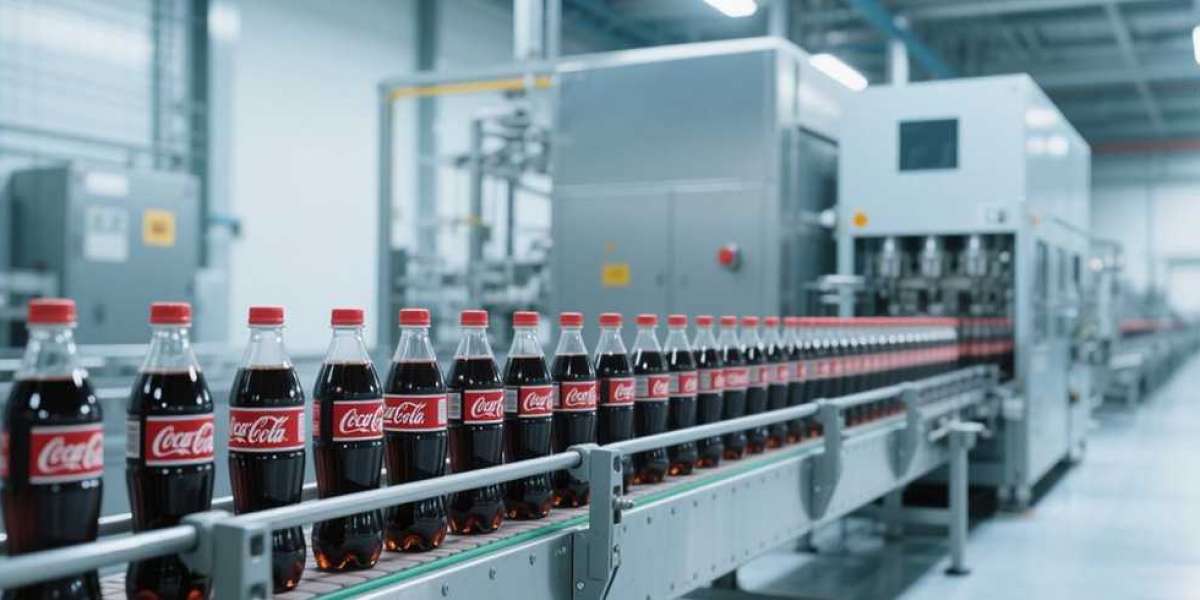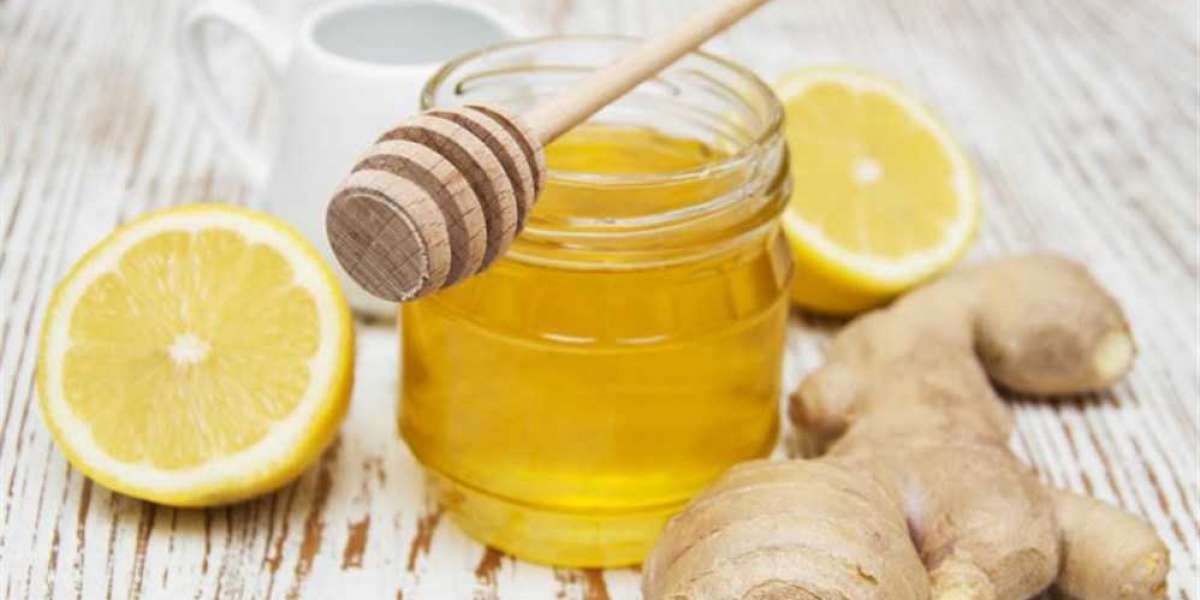Carbonation is what makes soda water crisp and refreshing—losing even a little of it turns a great drink into a flat, boring one. For soda makers, carbonation drop means wasted product, unhappy customers, and lost sales. The good news? This issue is preventable with the right soda filling machine and smart operational steps. Partnering with a knowledgeable soda filling machine supplier also ensures you have equipment built to protect carbonation. Below are simple, actionable ways to keep your soda water’s fizz intact during filling.
Choose a Soda Filling Machine with Carbonation-Safe Features
The first step to stop carbonation drop is picking a soda filling machine designed for soda’s unique needs. Generic beverage machines can’t protect fizz—look for these key features:
- Isobaric (equal-pressure) filling: This is non-negotiable for soda. The machine fills bottles while keeping the same pressure inside the bottle and the filling system. If pressure is uneven, CO₂ (the gas that creates fizz) escapes from the soda into the bottle’s air space, causing flatness.
- CO₂ flushing: Before filling, the machine flushes empty bottles with CO₂. This pushes out air (which reacts with CO₂ and causes loss) so only CO₂ is in the bottle before soda is added.
- Sealed filling heads: Filling heads that form a tight seal around the bottle opening prevent CO₂ from leaking out during filling. Loose seals let fizz escape mid-process—look for machines with rubber or silicone seals that stay flexible and tight.
These features act as a “barrier” to keep carbonation locked in from start to finish.
Control Temperature to Keep CO₂ Stable
CO₂ stays dissolved in soda better when it’s cold—warm soda releases gas faster, leading to carbonation drop. Follow these temperature rules:
- Keep soda water cold (4–7°C): Store your soda in chilled tanks before filling. If the soda is warmer than 10°C, CO₂ will start to bubble out during filling.
- Avoid warm bottles: Don’t use bottles straight from a hot warehouse. Let them cool to room temperature (or slightly colder) before filling—warm bottles heat up the soda, making CO₂ escape.
- Check machine temperature settings: Some modern soda filling machineshave chilled filling lines. If yours does, keep these lines at 5–8°C to keep soda cold during filling.
A soda maker that started chilling their soda to 6°C cut carbonation drop by 60%—their customers noticed the crisper taste immediately.
Optimize Filling Speed and Pressure
Rushing filling or using unstable pressure is a fast way to lose fizz. Small adjustments here make a big difference:
- Fill slowly and steadily: Fast filling stirs up soda, creating foam. Foam is just CO₂ bubbles escaping—too much foam means lost carbonation. Set your machine to a moderate speed (e.g., 30–50 bottles per minute for small-scale operations) to keep soda calm.
- Maintain steady pressure: The machine’s CO₂ pressure should match the soda’s carbonation level. For most soda water, this is 2–3 bar (check your soda’s specs). If pressure drops during filling, CO₂ will escape—use the machine’s pressure gauge to monitor levels every 30 minutes.
- Cap bottles immediately: After filling, cap bottles within 2–3 seconds. Leaving bottles open even for 10 seconds lets CO₂ leak out. Choose a soda filling machinewith an integrated capping system to speed up this step.
Partner with a Trusted Soda Filling Machine Supplier
Your soda filling machine supplier should do more than just sell you equipment—they should help you protect carbonation. Look for suppliers that:
- Specialize in soda equipment: Avoid suppliers who sell “one-size-fits-all” beverage machines. Soda-focused suppliers understand isobaric filling, CO₂ control, and temperature needs—they’ll recommend the right machine for your soda type.
- Offer training: They should teach your team how to adjust pressure, set temperatures, and troubleshoot small issues (like loose filling heads) that cause carbonation drop.
- Provide fast support: If your machine’s pressure gauge breaks or a seal wears out, the supplier should send replacement parts in 3–5 days. Downtime from broken equipment can lead to rushed filling (and more fizz loss).
Preventing carbonation drop in soda water filling lines boils down to four key steps: using a soda filling machine with isobaric filling and CO₂ flushing, controlling temperature, optimizing speed/pressure, and working with a reliable soda filling machine supplier. These steps keep your soda’s fizz intact, keep customers happy, and reduce waste.
A flat soda is a wasted soda. Investing in the right tools and practices ensures every bottle of soda you sell is as crisp and refreshing as it should be.








